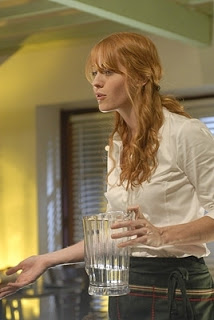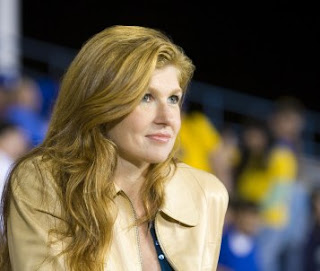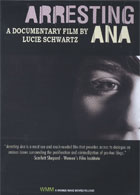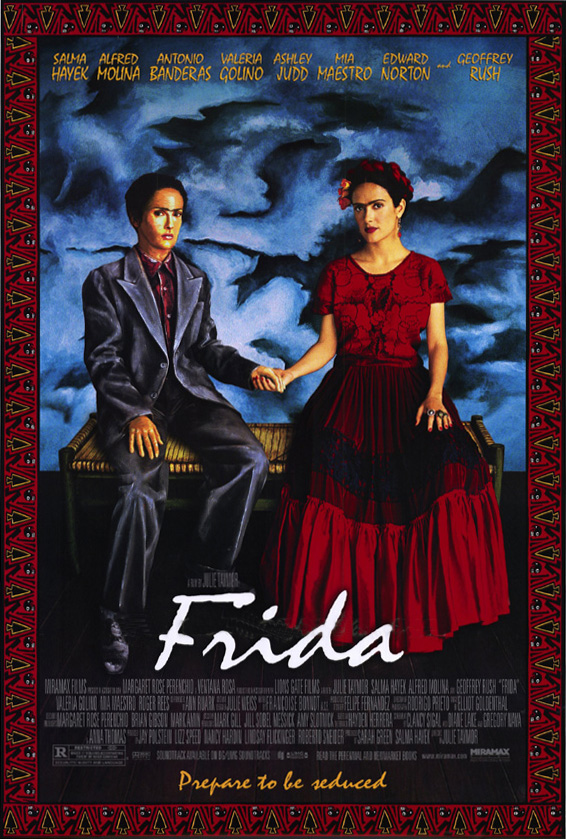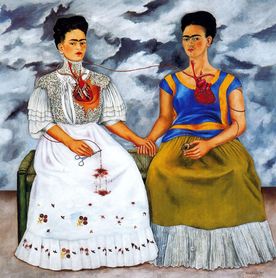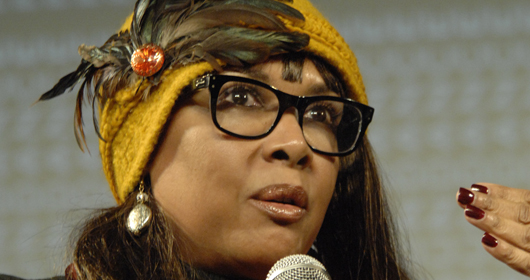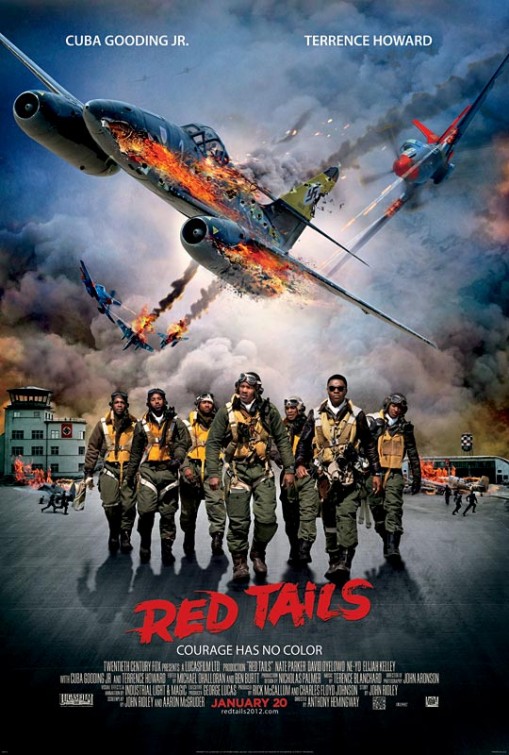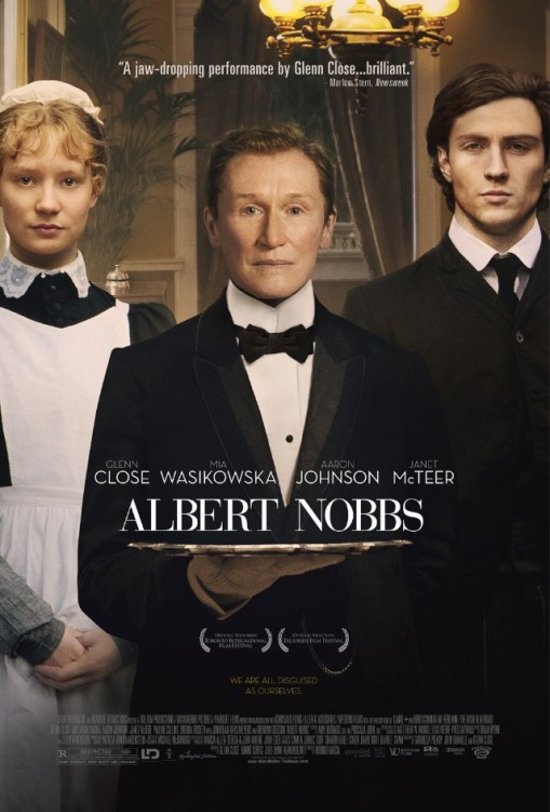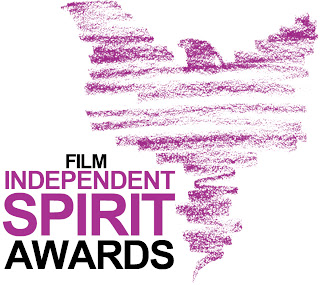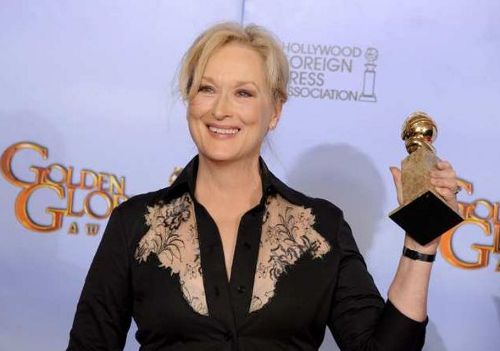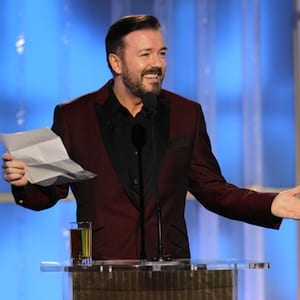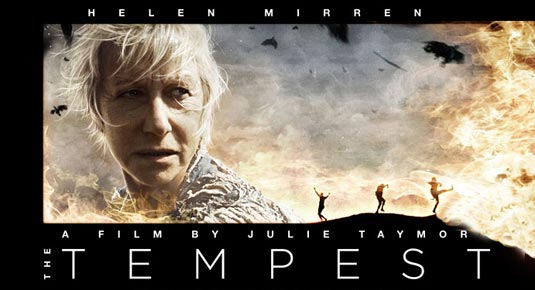 |
| The Tempest (2010) directed by Julie Taymor and starring Helen Mirren as Prospera |
Written by Amber Leab
The magician Prospero, rightful Duke of Milan, and his daughter, Miranda, have been stranded for twelve years on an island after Prospero’s jealous brother Antonio (aided by Alonso, the King of Naples) deposed him and set him adrift with the then-3-year-old Miranda. Gonzalo, the King’s counsellor, had secretly supplied their boat with plenty of food, water, clothes and the most-prized books from Prospero’s library. Possessing magic powers due to his great learning, Prospero is reluctantly served by a spirit, Ariel, whom Prospero had rescued from a tree in which he had been trapped by the witch Sycorax. Prospero maintains Ariel’s loyalty by repeatedly promising to release the “airy spirit” from servitude. Sycorax had been banished to the island, and had died before Prospero’s arrival. Her son, Caliban, a deformed monster and the only non-spiritual inhabitant before the arrival of Prospero, was initially adopted and raised by him. He taught Prospero how to survive on the island, while Prospero and Miranda taught Caliban religion and their own language. Following Caliban’s attempted rape of Miranda, he had been compelled by Prospero to serve as the magician’s slave. In slavery, Caliban has come to view Prospero as a usurper and has grown to resent him and his daughter. Prospero and Miranda in turn view Caliban with contempt and disgust.
The play opens as Prospero, having divined that his brother, Antonio, is on a ship passing close by the island, has raised a tempest which causes the ship to run aground. Also on the ship are Antonio’s friend and fellow conspirator, King Alonso of Naples, Alonso’s brother and son (Sebastian and Ferdinand), and Alonso’s advisor, Gonzalo. All these passengers are returning from the wedding of Alonso’s daughter Claribel with the King of Tunis. Prospero contrives to separate the shipwreck survivors into several groups by his spells, and so Alonso and Ferdinand are separated, each believing the other to be dead.
Three plots then alternate through the play. In one, Caliban falls in with Stephano and Trinculo, two drunkards, who he believes have come from the moon. They attempt to raise a rebellion against Prospero, which ultimately fails. In another, Prospero works to establish a romantic relationship between Ferdinand and Miranda; the two fall immediately in love, but Prospero worries that “too light winning [may] make the prize light,” and compels Ferdinand to become his servant, pretending that he regards him as a spy. In the third subplot, Antonio and Sebastian conspire to kill Alonso and Gonzalo so that Sebastian can become King. They are thwarted by Ariel, at Prospero’s command. Ariel appears to the “three men of sin” (Alonso, Antonio and Sebastian) as a harpy, reprimanding them for their betrayal of Prospero. Prospero manipulates the course of his enemies’ path through the island, drawing them closer and closer to him.
In the conclusion, all the main characters are brought together before Prospero, who forgives Alonso. He also forgives Antonio and Sebastian, but warns them against further betrayal. Ariel is charged to prepare the proper sailing weather to guide Alonso and his entourage (including Prospero and Miranda) back to the Royal fleet and then to Naples, where Ferdinand and Miranda will be married. After discharging this task, Ariel will finally be free. Prospero pardons Caliban, who is sent to prepare Prospero’s cell, to which Alonso and his party are invited for a final night before their departure. Prospero indicates that he intends to entertain them with the story of his life on the island. Prospero has resolved to break and bury his magic staff, and “drown” his book of magic, and in his epilogue, shorn of his magic powers, he invites the audience to set him free from the island with their applause.
Mirren embodies Prospera with fierceness and control, sort of like she does in every role she plays–or at least in all of her performances I’ve seen. Her books, her learning, is the source of her power. Perhaps her people in Milan had a real fear of such an educated and powerful woman, and their only way to deal with her was to get rid of her. Our society still has trouble with smart and powerful women, after all.
For all her smarts, Prospera is still capable of cruelty and harsh control over others. She had enslaved both Ariel (played by Ben Whishaw) and Caliban (played by Djimon Hounsou)–the former she kept to do her bidding after she rescued him, and the latter after his attempted rape of Miranda–and set them free only when the path is clear for her to return to her home and rightful position.
Ariel (played by is Prospera’s other servant, except this one is not human. The figure of Ariel is often creepy, and the fairy’s CGI breasts are never the same size scene to scene. I can’t be the only one who felt, when Ariel was on screen, that I was watching a David Bowie movie from the 70s. But, as bizarre as I found the wispy special effects surrounding this character, Ariel is another character emphasizing gender. It’s nice to see a fairy that changes genders, that isn’t nailed down in the human world. Ariel sings weird, airy songs and, when you think about it, fits the movie quite well.
Although Prospera rescued Ariel from entrapment in a tree, she won’t free the spirit without numerous favors and tricks performed for her. Ariel has to really work for freedom.
The Tempest is believed to be the final play that Shakespeare wrote on his own, and is often read as an allegory of the theatre, with Prospero being Shakespeare himself. There is a nice citation of the “Shakespeare’s Sister” idea that Virginia Woolf wrote about in A Room of Her Own in turning the protagonist into a woman. Taymor’s film asks “What if?” but largely punts answering the question.
This isn’t a silly, feel-good comedy (though there are the regular clown characters)–though it is a classic comedy, a coming together–rather, it is a dark story full of murderous thoughts, magic, accusations of witchcraft, and manipulation. It is also a portrait of an artist performing a final masterpiece and setting down her tools.

